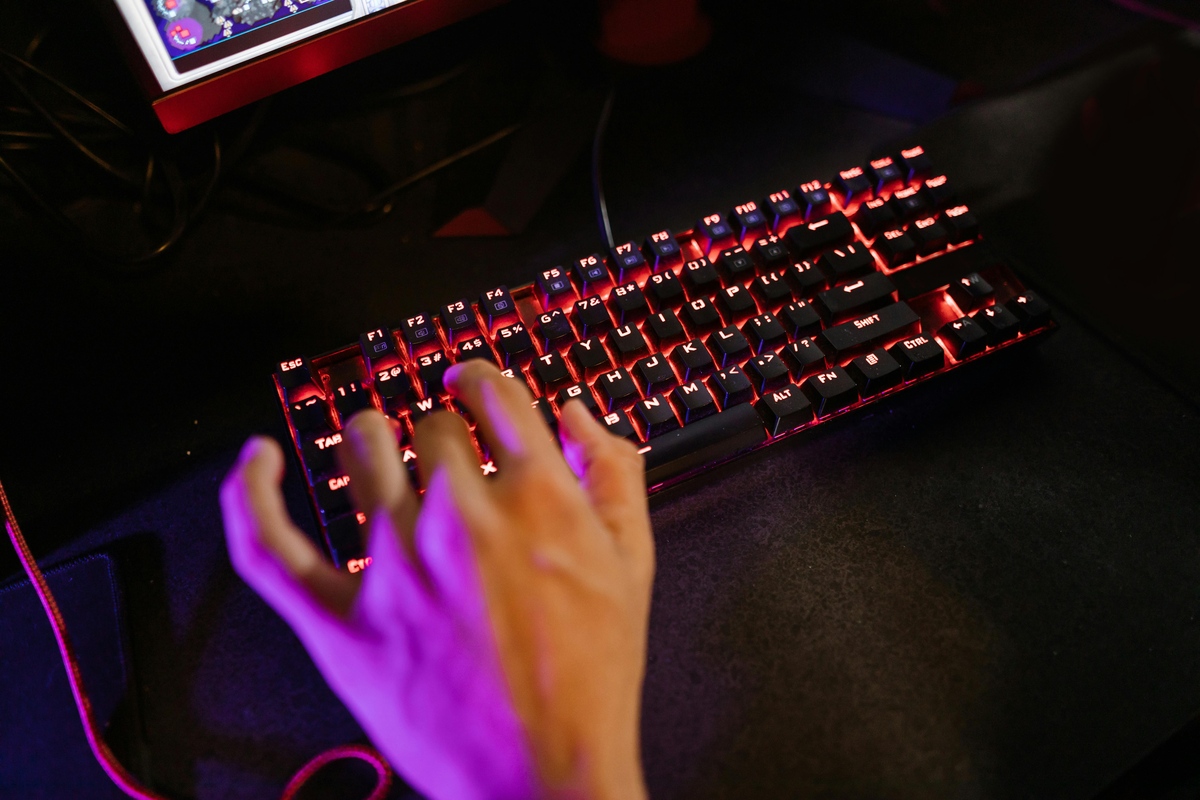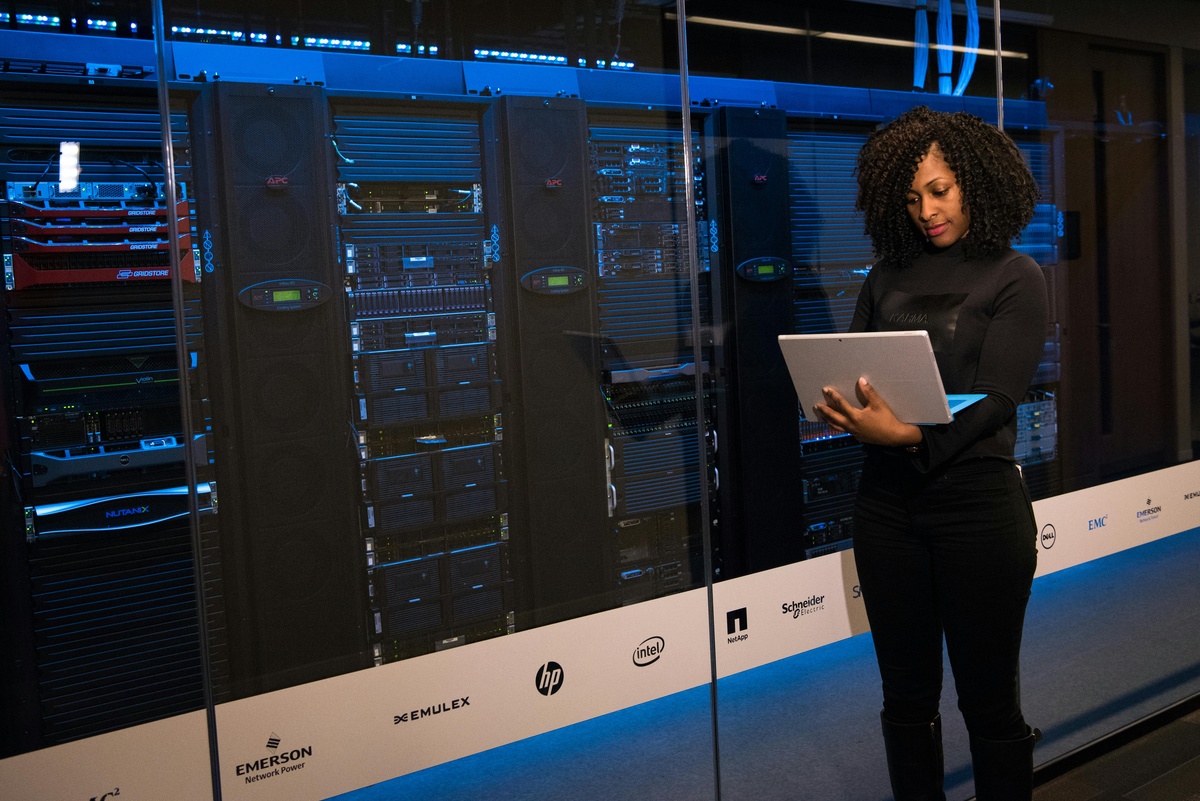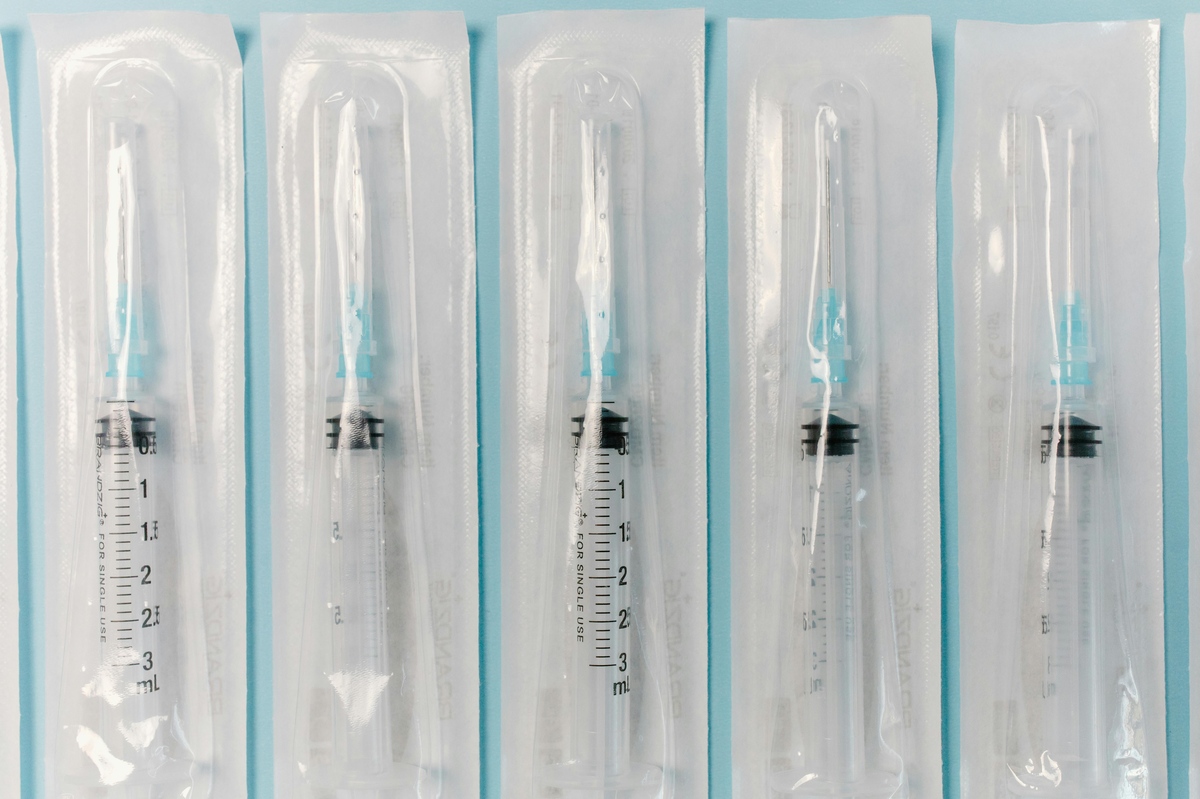Immunohematology Market: Comprehensive Overview and Future Prospects

Strong 8k brings an ultra-HD IPTV experience to your living room and your pocket.
An Immunohematology Market are often referred to as blood banking, is a branch of hematology that studies antigen-antibody reactions and analogous phenomena related to blood components. This field is essential for ensuring the safety and effectiveness of blood transfusions and for diagnosing various hematological conditions. The immunohematology market has witnessed significant growth in recent years, driven by advancements in technology, the increasing prevalence of blood-related disorders, and the rising number of blood transfusions worldwide.
Market Overview of Immunohematology Market
The global immunohematology market was valued at approximately USD 1.8 billion in 2023 and is projected to grow at a compound annual growth rate (CAGR) of 7.5% to reach USD 3.2 billion by 2030. This market growth is underpinned by several factors, including technological innovations, an aging population, and an increase in complex surgical procedures that necessitate blood transfusions.
Key segments within the market include reagents, instruments, and services. Reagents, which encompass blood group typing reagents, antibody screening reagents, and crossmatching reagents, dominate the market due to their extensive use in transfusion medicine. Instruments, including analyzers and other automated systems, are also witnessing substantial growth as healthcare facilities increasingly adopt automation for efficient and accurate results.
Driving Factors for Market Growth
Technological Advancements
One of the most significant drivers of the immunohematology market is the rapid advancement in technology. Innovations such as fully automated immunohematology analyzers and advanced blood grouping techniques have revolutionized the field. Automation has led to faster, more reliable results, reducing human error and improving patient outcomes. Furthermore, advancements in molecular immunohematology have enhanced the precision of antigen typing, benefiting patients who require complex transfusions.
Rising Prevalence of Blood Disorders
The global burden of blood disorders, including hemophilia, thalassemia, and sickle cell anemia, continues to grow. This has created an increased demand for blood transfusions and related diagnostic testing. According to the World Health Organization (WHO), over 112 million blood donations are collected globally each year, with a significant portion used for patients with chronic blood disorders and during emergency surgical procedures. This surge in demand has driven the need for reliable immunohematology products and services.
Aging Population and Complex Surgeries
The aging global population has contributed to the growth of the immunohematology market. Older adults are more prone to chronic diseases that may require blood transfusions, such as cardiovascular diseases and certain types of cancer. Moreover, the increase in complex surgical procedures, including organ transplants and major surgeries, necessitates precise blood matching and crossmatching, thereby fueling the demand for immunohematology solutions.
Challenges in the Immunohematology Market
Despite its positive growth trajectory, the immunohematology market faces several challenges. High costs associated with advanced immunohematology equipment and reagents can be a significant barrier for smaller hospitals and clinics, particularly in developing regions. Additionally, stringent regulatory requirements for blood screening and transfusion safety can delay the introduction of new products into the market.
Shortage of Skilled Professionals
The field of immunohematology requires skilled professionals to interpret complex data and ensure the accuracy of tests. A shortage of qualified healthcare professionals in this field poses a challenge to market growth, as it limits the adoption of new and advanced technologies.
Market Segmentation
1. By Product Type
Reagents: Blood group typing reagents, antibody screening reagents, crossmatching reagents, and other specialized reagents.
Instruments: Immunohematology analyzers (both semi-automated and fully automated), centrifuges, and other related devices.
2. By Application
Blood Screening: For transfusion safety and the detection of blood-borne pathogens.
Pre-transfusion Testing: Crossmatching, antibody screening, and blood group typing.
Research Applications: Utilized in research settings for studying blood antigens and antibodies.
3. By End User
Hospitals: These are the largest end users due to the high volume of blood transfusions.
Blood Banks: Specialized facilities that store blood for future transfusion needs.
Diagnostic Laboratories: Laboratories that conduct pre-transfusion and other hematological tests.
Regional Market Insights
North America
North America holds the largest share of the global immunohematology market, driven by well-established healthcare infrastructure, high healthcare expenditure, and ongoing research and development initiatives. The presence of key market players and increased adoption of advanced technologies in the United States and Canada contribute significantly to the market’s growth.
Europe
Europe follows closely, with strong contributions from countries like Germany, France, and the United Kingdom. The region’s growing focus on blood safety and advanced diagnostic procedures, coupled with supportive government initiatives, underpins its robust market presence.
Asia Pacific
The Asia Pacific region is expected to witness the fastest growth during the forecast period. Factors such as a large and aging population, improving healthcare infrastructure, and increasing awareness about blood safety drive market expansion. Countries like China and India are investing heavily in healthcare modernization, which includes upgrading blood banking services and immunohematology practices.
Latin America, Middle East & Africa
While these regions hold a smaller market share compared to North America and Europe, they are poised for growth due to ongoing improvements in healthcare access and rising public awareness of blood safety protocols.
Key Players in the Market
Several prominent companies are driving innovation and competition within the immunohematology market. Leading players include:
Ortho Clinical Diagnostics
Grifols S.A.
Immucor, Inc.
Bio-Rad Laboratories, Inc.
Beckman Coulter (Danaher Corporation)
Quotient Limited
These companies are investing in research and development to create more efficient and automated solutions for immunohematology, which not only enhances patient safety but also improves operational efficiency in healthcare facilities.
Future Trends and Opportunities
The future of the immunohematology market looks promising, with several trends poised to shape its growth:
1. Integration of AI and Machine Learning
Artificial intelligence (AI) and machine learning (ML) are playing an increasingly prominent role in healthcare diagnostics, including immunohematology. These technologies can assist in data analysis, enhance predictive capabilities, and improve decision-making processes.
2. Point-of-Care Testing (POCT)
The demand for point-of-care testing is rising as healthcare providers seek faster results with minimal invasiveness. POCT solutions are expected to expand their footprint in the immunohematology market, offering efficient and rapid diagnostics in emergency and remote settings.
3. Personalized Medicine
The shift toward personalized medicine is driving innovations in immunohematology. Personalized approaches to blood matching and antigen typing will enhance compatibility for patients undergoing complex transfusions and organ transplants.
Conclusion
The global immunohematology market is on an upward trajectory, driven by technological advancements, increased healthcare spending, and a growing need for blood transfusions. However, challenges such as high equipment costs and a shortage of skilled professionals must be addressed to unlock the market's full potential. As automation, AI integration, and personalized medicine continue to evolve, the immunohematology market is well-positioned for sustained growth, ensuring safer and more efficient blood banking and transfusion practices in the future.
Note: IndiBlogHub features both user-submitted and editorial content. We do not verify third-party contributions. Read our Disclaimer and Privacy Policyfor details.







